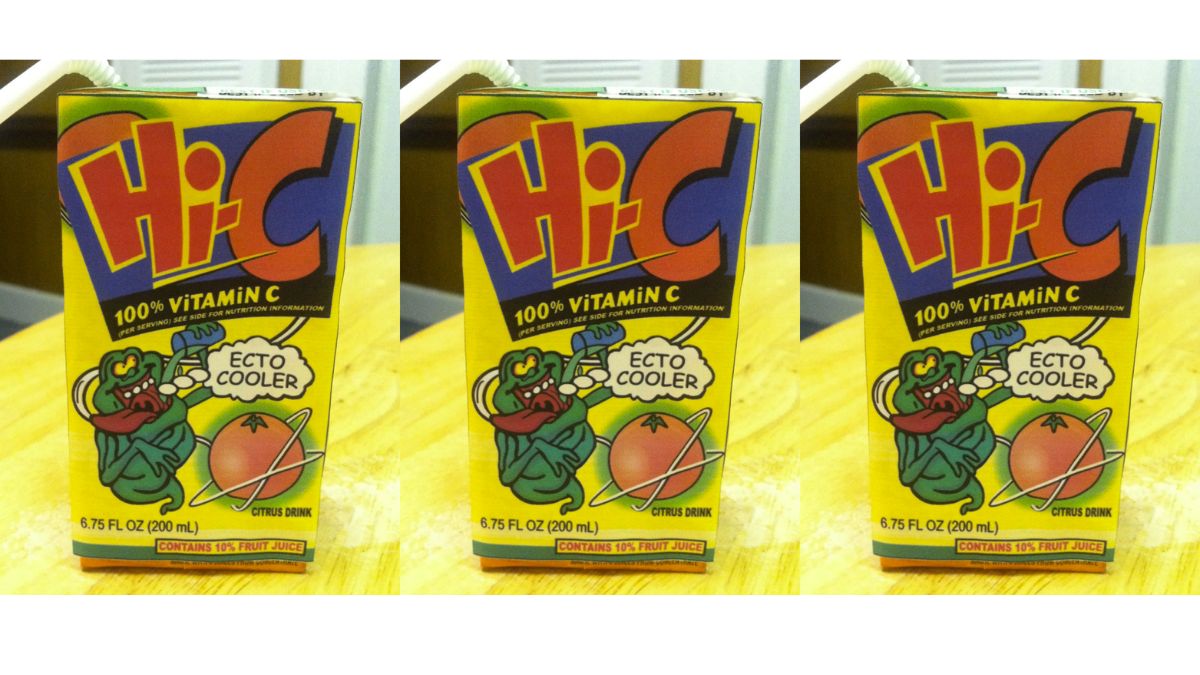For CPG, AI is emerging as a game-changing technology, offering CPG companies the tools to stay ahead of the curve.
Current Adoption Rates
The uptake of AI in the CPG sector is gathering momentum. According to recent studies:
- Over 50% of companies have begun their AI journey
- Around 30% have tested proof of concepts
It’s worth noting that many are still in the early stages, with only a select few having deployed AI at scale across their operations.
Benefits Across the Value Chain
AI’s potential in CPG spans the entire value chain, such as:
Enhanced Product Development
AI can accelerate innovation cycles, helping companies bring products to market faster and with greater consumer relevance.
Mars Wrigley used AI to develop a Maltesers cake with Marmite-infused buttercream frosting, based on consumer insights.


Optimized Operations
From predictive maintenance to quality control, AI is streamlining production processes and boosting efficiency.
PepsiCo is using machine learning to create the ‘perfect Cheeto’, optimizing variables like size, shape, and flavor consistency.

Smarter Marketing
AI-powered analytics are enabling more targeted, personalized marketing strategies and improving customer engagement.
Mondelez International used AI to create personalized Diwali ad campaigns in India, featuring digital avatars of celebrity Shahrukh Khan speaking uniquely to individual vendors.
Personalized Customer Experiences:
From product recommendations to customized formulations, AI is helping CPG companies deliver tailored experiences at scale.
L’Oréal’s AI-powered Perso device creates on-the-spot skincare and cosmetics formulations for personalized products.
The impact of these benefits is substantial. Forbes reports that top AI applications could unlock at least $490 billion in value for CPG companies by 2023.
Case Study: Unilever’s AI-Driven Sustainability Initiative
Unilever has successfully leveraged AI to support its sustainability goals and drive innovation in its Knorr range. As part of its Future Foods Strategy, Unilever aimed to identify novel plant-based ingredients to support dietary diversification.
Working with AI solution provider Foodpairing, Unilever used advanced algorithms to analyze and identify new ingredient combinations. This AI-driven approach allowed Unilever to:
- Rapidly explore a vast range of potential ingredients
- Identify unexpected flavor pairings that human experts might overlook
- Accelerate the product development process
The result? Unilever is on track to meet its target of making 25% of Knorr products plant-based by 2025, demonstrating how AI can drive both innovation and sustainability in CPG.
Looking Ahead
As we move forward, the successful implementation of AI will be a key differentiator in the CPG industry. Companies that can effectively harness AI’s potential will be well-positioned to meet evolving consumer needs, drive innovation, and maintain a competitive edge in an increasingly digital marketplace.
However, challenges remain. Many companies struggle with scaling AI initiatives beyond the pilot phase, and issues around data quality and organizational culture can hinder progress. In the coming articles, we’ll delve deeper into specific applications of AI in CPG, explore more success stories, and discuss strategies for overcoming implementation challenges.
Stay tuned as we continue to unpack the AI opportunity in CPG, providing you with the insights needed to navigate this exciting technological frontier.
Get involved
Get in touch and let’s implement these business changing solutions for yourself. Our clients perform over 60% stronger than the average and you could be one of them.
